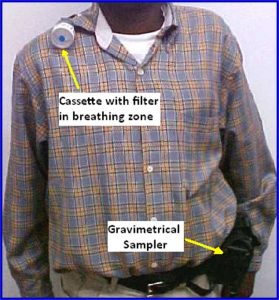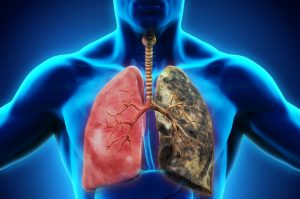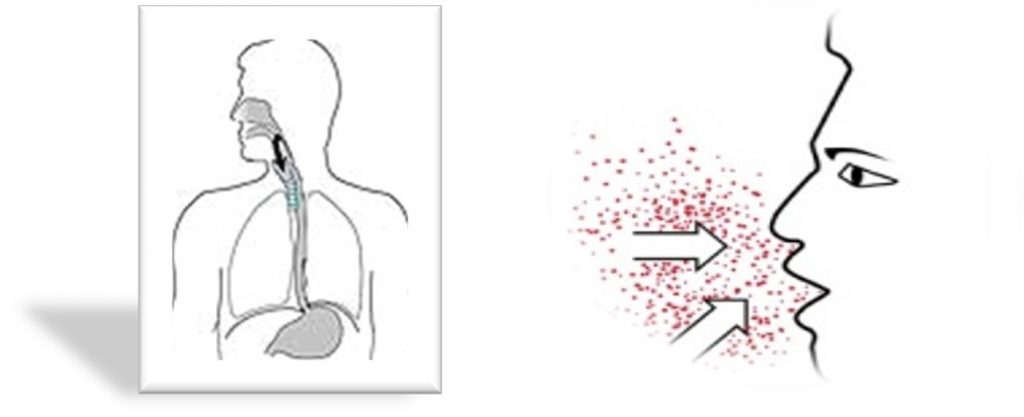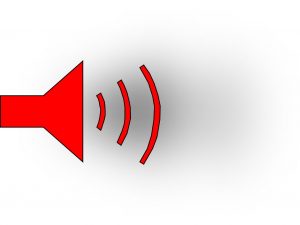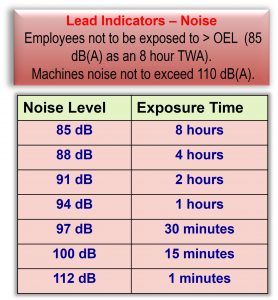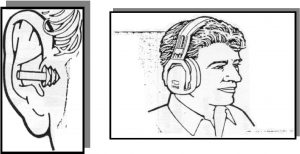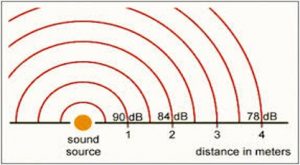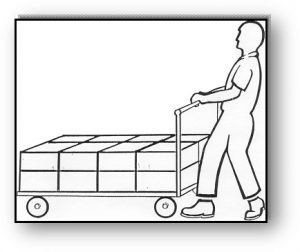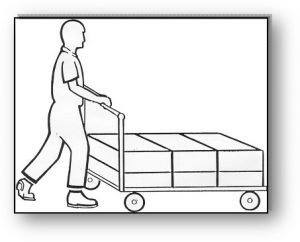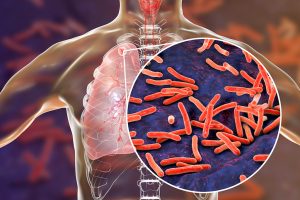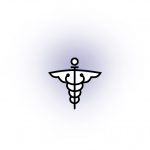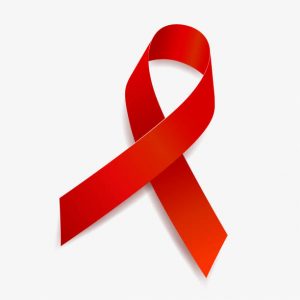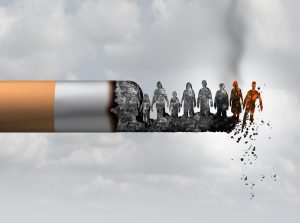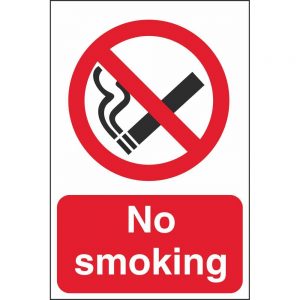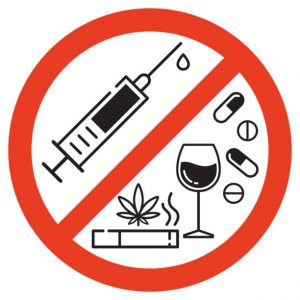Biological Stresses – HIV/AIDS Wellness Strategy
Objectives of the HIV / AIDS Wellness Strategy
- A program geared towards managing the business in the context of life-threatening health issues.
- A way in which EGM (MPC) will obtain knowledge on preventing/managing chronic illnesses/diseases, especially HIV/AIDS.
- To continuously encourage employees to adopt/maintain safe and healthy life styles, in order to minimize their risk of exposure to/contracting of these diseases.
- To integrate the wellness programs in order to promote total employee wellness.
Key Principles of the EGM (MPC) HIV / AIDS Wellness Strategy
Employment and HIV Testing: Applicants for employment are required to pass a pre-employment medical examination.
Non-discrimination against Employees: Non-discrimination against employees diagnosed with a chronic disease/illness in the workplace, provided that the illness does not affect the employee’s work performance negatively.
Employee Benefits: An employee will not be refused development or promotion due to their HIV, chronic illness or disease status.
Dismissals: No employee shall be dismissed based on a chronic illness/disease or being infected with HIV/AIDS.
Confidentiality: Employees are not obliged to inform management of a chronic disease/illness, but should they be informed, all precautions will be taken to ensure that such information is kept in the strictest confidence.
Contingency Planning: A contingency plan will be developed and updated as soon as it becomes clear that a skills shortage may occur in a particular job category due to HIV/AIDS.
Intervention / Management Programmes: EGM (MPC) will intervene in the management of chronic illnesses, diseases and HIV/AIDS in the workplace as these impact on an employee’s productivity and total wellness.
Key Features of the EGM (MPC) HIV / AIDS Wellness Strategy
Education and Awareness Information: Employees educated on wellness issues, are better equipped to make sound and informed decisions for themselves and their families.
Business Impact Assessments: We stay informed on HIV/AIDS trends in SA in order to align the Company’s HIV/AIDS strategy accordingly.
Voluntary Participation: The decision to participate in the EWP is voluntary regardless of referral.




